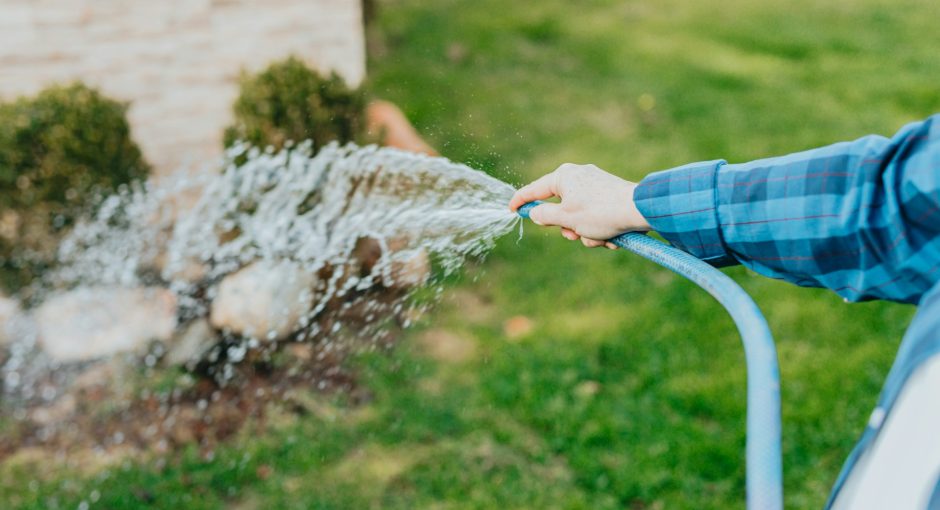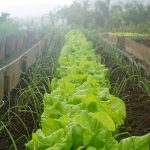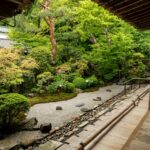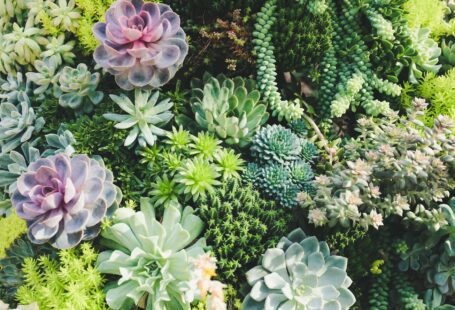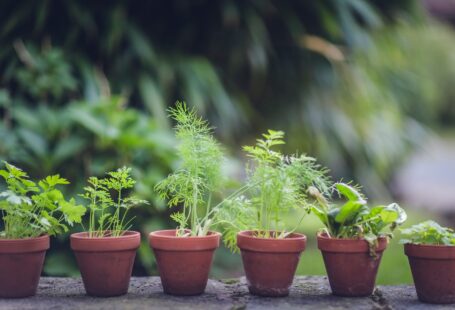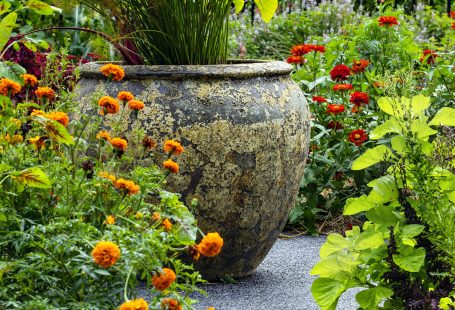Water conservation is a critical aspect of sustainable gardening, especially in regions with limited water resources. By implementing effective techniques, homeowners can reduce water usage while still maintaining a beautiful and productive garden. Let’s explore some of the best techniques for water conservation in home gardens.
Optimal Irrigation Methods
Choosing the right irrigation method is essential for minimizing water waste. Drip irrigation is widely regarded as one of the most efficient techniques. It delivers water directly to the roots of plants, reducing evaporation and ensuring water goes where it’s needed most. Another effective method is using soaker hoses, which slowly release water along the base of plants, promoting deep root growth and minimizing runoff.
Mulching
Applying a layer of organic mulch on the soil surface is an excellent water conservation technique. Mulch acts as a protective barrier, reducing soil evaporation and preventing weed growth. It also helps to regulate soil temperature, keeping it cooler and moister for longer periods. Organic materials such as wood chips, straw, or compost make excellent mulch options, enhancing water retention in the garden.
Watering at the Right Time
Watering during the early morning or late afternoon is the best time to conserve water. This avoids excessive evaporation due to high temperatures during the day. Watering in the evening increases the risk of fungal diseases, as plant foliage remains wet for extended periods. It’s important to water deeply but infrequently to encourage plants to develop deep roots and become more drought-resistant.
Grouping Plants by Water Needs
Another effective technique for conserving water is grouping plants with similar water needs together. By creating hydrozones in the garden, water can be directed to specific areas more efficiently. Plants with higher water requirements can be grouped in one area, while drought-tolerant plants can be placed in another. This way, water can be targeted where it’s needed most, reducing overall water usage.
Capturing and Reusing Rainwater
Harvesting rainwater is an excellent method of conserving water in the garden. Installing a rain barrel or a storage system allows homeowners to collect rainwater, which can then be used for irrigation purposes during drier periods. It’s a sustainable practice that reduces reliance on municipal water sources and maximizes the use of natural resources.
In conclusion, by implementing optimal irrigation methods, using mulch, watering at the right time, grouping plants by water needs, and capturing rainwater, homeowners can effectively conserve water in their home gardens. These techniques not only contribute to water sustainability but also promote healthy plant growth and reduce water bills. So, why not adopt these water conservation practices and make a positive impact on the environment and your garden?
